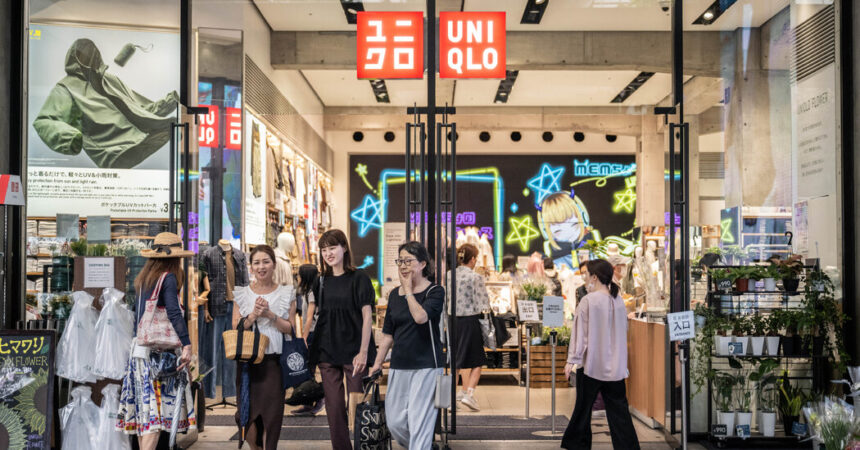The Growing List of Major Economies Warning of Weaker Growth Due to U.S. Tariffs
The Bank of Japan has issued a new warning, joining a growing list of major economies that are anticipating weaker growth due to U.S. tariffs. The central bank, which had previously forecast a 1.1% growth rate, now expects a 0.5% growth rate for the fiscal year starting April 1. This downgrade is attributed to trade and other policies that have slowed overseas economies and reduced domestic corporate profits.
President Trump’s tariff threats are having a significant impact on global economic prospects. The International Monetary Fund (IMF) recently lowered its 2025 outlook for all Group of 7 nations, including Germany and Japan, due to U.S. tariffs. In Japan, Mr. Trump’s new taxes on imports, including a 25% tariff on imported cars, are already weighing heavily on the economy. The country is also bracing for potentially higher across-the-board levies of 24%, which the prime minister has said would cause a national crisis if not negotiated lower.
Japanese companies, many of which are set to report full fiscal-year earnings later this month, are already warning of deteriorating earnings. For instance, Uniqlo, the Japanese operator of Uniqlo, cut its profit forecast for the second half of the year through August by about $70 million, anticipating that tariffs will hurt its U.S. businesses. Uniqlo manufactures many of its products in countries including China, Vietnam, Indonesia, and India, which also face higher tariffs.
The tariff disruption is exacerbating pressures on an already fragile economy. With inflation slamming household staples and outpacing wage increases for most of the past three years, Japanese consumers have been reluctant to spend. Weak consumption caused Japan’s inflation-adjusted growth rate to slow to 0.1% in 2024, down from 1.5% the previous year.
U.S. tariffs are also complicating the Bank of Japan’s efforts to revert to more conventional monetary policies, as underscored by the central bank’s decision to keep interest rates steady. For decades, the central bank maintained interest rates at or below zero to nudge Japan’s economy out of a persistent cycle of weak growth and deflationary pressure. The aim of those rock-bottom rates was to encourage spending and generate moderate levels of inflation. The Bank of Japan got part of its wish with a burst of inflation spurred by Covid-19 pandemic supply chain snags and geopolitical shocks. These higher prices enabled the central bank to raise interest rates for the first time in 17 years in March 2024. It raised rates again in July and January and had signaled an intention to continue the trend.
Now, Mr. Trump’s tariffs threaten the assumptions of sustained economic recovery and inflation upon which the central bank had said it would base its decisions to keep increasing rates. Some economists expect that a tariff-induced economic slowdown could trigger a similar decline in prices. On Thursday, the Bank of Japan projected that Japan’s core prices, not counting fresh food, would rise by around 2.2% this fiscal year, compared with its previous forecast of 2.4%.
Reference : https://www.nytimes.com/2025/04/30/business/bank-of-japan-gdp-forecast.html







